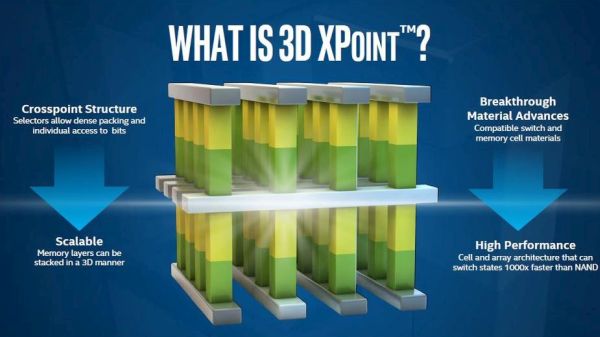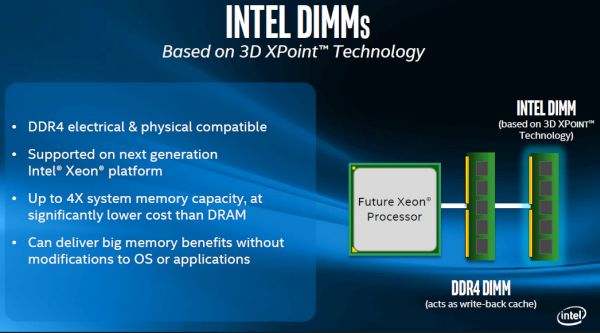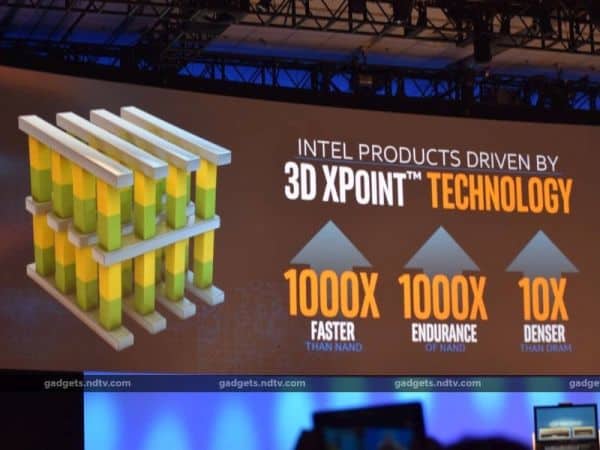Tech giant Intel has recently unveiled its new brand called Intel Optane Technology. This brand will cover the company’s new SSDs based on its 3D XPoint technology. Intel is trying to achieve higher memory standards with this fresh technology. The company has claimed that 3D XPoint-based SSDs will be several times faster than the conventional ones. Let us check out more about this special technology here.
3D XPoint Technology

This new technology (pronounced as Cross Point) will be based on the Optane platform. 3D XPoint is a special type of memory that is non-volatile. However, it is not going to be a replacement technology, but will be more like an intermediary.
Expected to be released in 2016, 3D XPoint can be a revolutionary change in the way SSDs perform. Intel’s Optane-based SSDs are estimated to achieve around 7.2x times the IOPs of present SSDs with the new technology. These will also have 10x times more density than conventional drives, as well as 1000x the endurance.
Innovation about 3D XPoint

The drives based on 3D XPoint will have a cross-point array structure. These will have around 128 billion memory cells that are about 16 GB per chip. The 3D structure will have these cells connected through perpendicular connectors that make it so dense.
Further, the memory will be stackable and will not require the use of transistors. Usually, transistors are used to alter voltage for a sector in order to access the cells. However, it will no more be the same with the 3D XPoint technology. It is really bringing something special along with it so we can expect conventional SSDs to die when it comes in place.
Application benefits of 3D XPoint

Since 3D XPoint structure will have such high endurance, we can expect SSDs to last for a lifetime. There will also be a large difference in the total write limit from what the conventional SSDs now offer. With the new technology, we can think of storing and analyzing massive amounts of data in no time. When data analysis goes so quick, you can imagine how useful the churned information would become. Due to high-capacity storage and upscale option, we might find endless big data applications using the 3D XPoint technology.
3D XPoint can be the future of faster and more efficient SSDs for effective data applications. With the much high storage capacity, density and endurance, 3D XPoint-based SSDs may be used for intense gaming, cloud computing and rich media applications.







